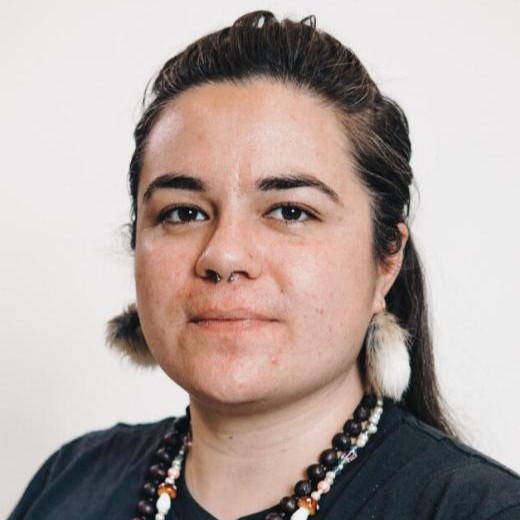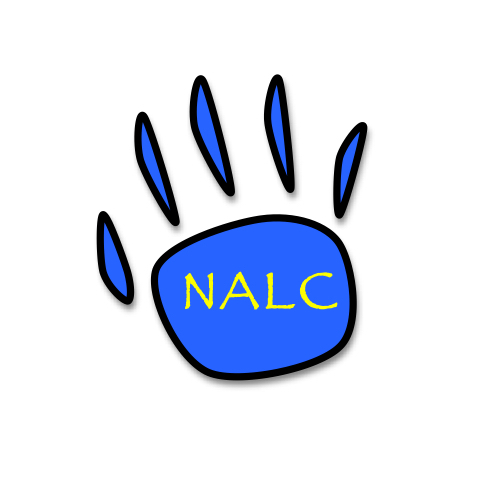
Using Video or Audio to teach your language; asynchronous, synchronous language learning to teach within a language revitalization diaspora
Teaching in person or teaching online both offer different advantages and obstacles for language communities. Using online platforms is becoming increasingly popular. But scheduling conflicts can be hard for people to all meet at the same time. Synchronous learning, where people all log on to the same platform at the same time, can offer exciting conversations and in person bonding over language work. Asynchronous learning, where people access recorded materials at different times, might not have the excitement of the in person meetings but people from many walks of life can access at any time. Within asynchronous learning there are video and audio platforms. This paper will examine audio and video options including a short trial in creating and sending short audio lessons to Chumash community members to increase daily language use.
Bio
Haku Haku ‘mepšumawiš, hello! First and foremost I am a language worker and cultural practitioner and then I would describe myself as a linguist. I am a member of the Coastal Band of the Chumash Nation. I am currently a Post-Doc with the Native American Studies department at UC Davis and affiliated with the Native American Language Center (NALC). I will be supporting the language workers workshop in the summer of 2025 which is part of the Andrew W. Mellon Foundation grant “Sustainable Futures for California’s Indigenous Languages: Resource Development, Training and Visibility”.
I earned my PhD in linguistics in May of 2024 at Tulane University in New Orleans. My dissertation is titled “Nuxawiš: ‘unwilling to give up’ (Redefining our record: Chumash Inquiry in Smithsonian Archives)”. This was a multimedia research project which included oral history, Indigenous research methodologies and my own creation of Chumash archival methods. During the dissertation I sent a monthly newsletter to my tribal community which also blossomed into a podcast only available to tribal members. This led me to developing ideas around archival access and how tribes make those decisions of how their language resources are available.
While I am passionate about archival analysis and synthesis, I am even more passionate about Chumash language futures. Currently, I am in a Montessori training for 3–6 year old primary certification supported by the Indigenous Montessori Institute (IMI) in New Mexico. Their local partners the Keres Children’s Learning Center (KCLC) who have been using Montessori methods to teach Keres language for almost 20 years. While engaged in this post-doc at UC Davis I hope to focus on the process of creating a Chumash children’s language program and in particular the obstacles and solutions which we will use to address coming from a sleeping language with no elder speakers.
